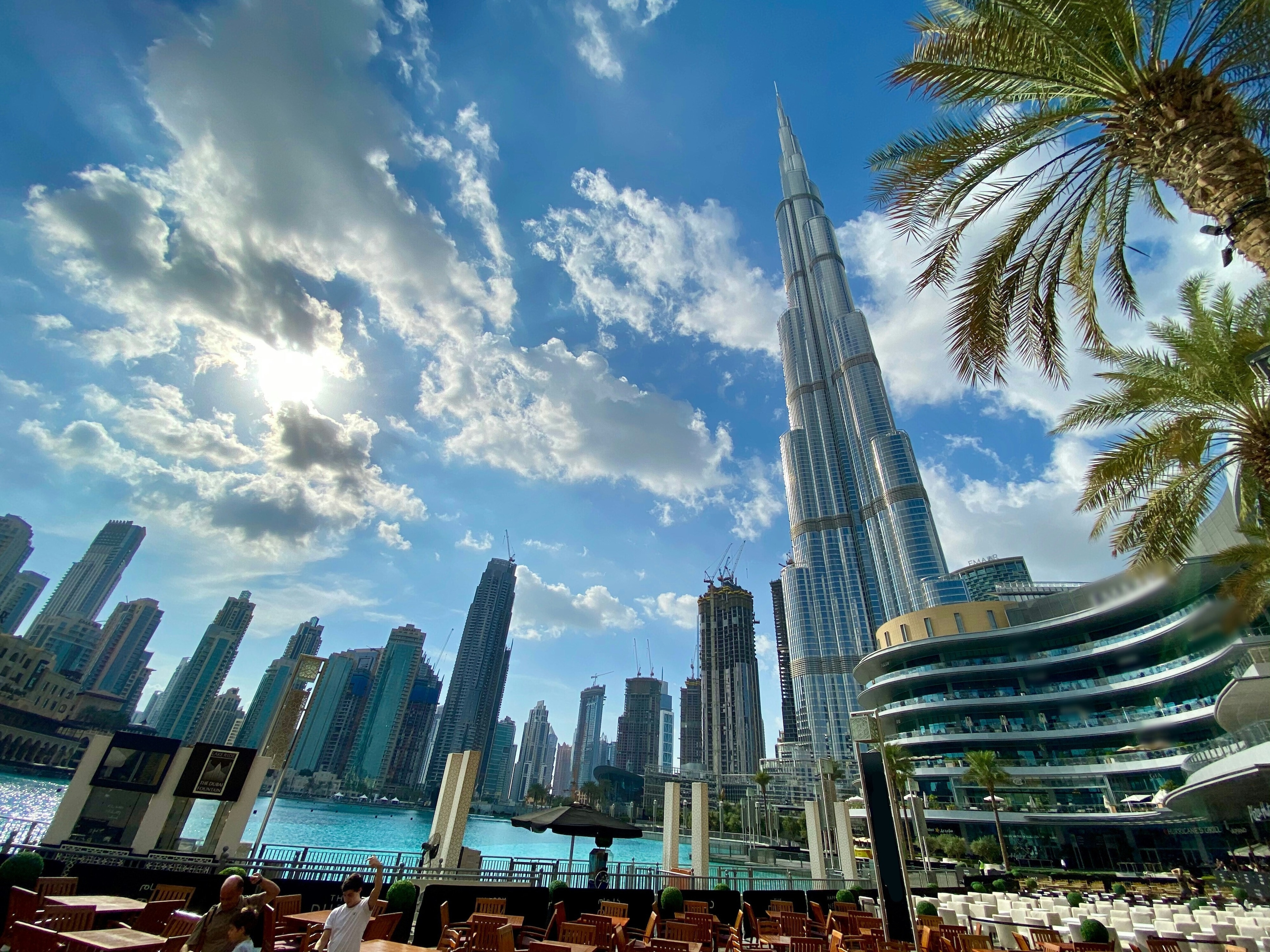Why Africa must shape international peacebuilding

Stay up to date:
Africa
As the year draws to a close, the peacebuilding community is looking with interest to three concurrent review processes that the United Nations (UN) will undertake in 2015: the post-2015 development agenda discussions; the peacekeeping review; and a review of the UN peacebuilding architecture.
The first two are gaining momentum, but there is still limited attention to the review of peacebuilding architecture.
This is a risk, particularly for Africa, which is the main beneficiary of UN peacebuilding efforts. The continent must ensure that its voice and needs are heard. Peacebuilding is in a difficult position at the UN. As far as budgets and political support go, the focus is on peacekeeping not peacebuilding.
Peacekeeping is supposed to be a short-term activity aimed at providing security and forming the basis for longer-term peacebuilding. Peacebuilding, which aims to guarantee the sustainability of peace processes, is still largely underfunded and overlooked. It is not surprising, then, that peacebuilding at the UN is underachieving.
The UN has the primary responsibility for maintaining international peace and security, according to its charter. In 2005, the UN created three structures to help countries in the aftermath of conflict: the Peacebuilding Commission, the Peacebuilding Support Office, and the Peacebuilding Fund. This peacebuilding architecture has often been criticised for not being relevant and effective.
In 2006, the African Union (AU) created its own Post Conflict Reconstruction and Development (PCRD) framework. Like the UN peacebuilding architecture, the PCRD framework aims to help countries consolidate peace and prevent a relapse into conflict. The PCRD is also regarded with scepticism, as its core objectives have still not been met, despite the creation of implementing tools like the African Solidarity Initiative in 2012.
The 2015 review of UN peacebuilding architecture is an opportunity to ensure that effective responses are put in place. By assessing its performance over the past 10 years, the review should help member states to improve the UN’s work in post-conflict settings, and provide greater clarity in the UN Security Council on the Peacebuilding Commission’s strengths and limitations.
African countries can present their views on how to strengthen UN peacebuilding, but they have, up to now, been quiet on the issue. South Africa, which was one of the co-conveners of the last review of peacebuilding architecture in 2010, is now heading the African caucus in 2015. But even the South African position is not yet clear.From 24-25 November 2014, the Egyptian government in partnership with the Cairo Centre for Conflict Resolution and Peacekeeping in Africa organised an African regional consultation. This was the first opportunity for African countries to providing substantial inputs to the 2015 UN peacebuilding review.
In Cairo, the priorities presented by African states included the need for coordination with regional and sub-regional mechanisms, and better division of labour in peacebuilding processes. The variety of actors involved is both a challenge and an opportunity, and the UN peacebuilding architecture should promote coherence between these actors.
African states also emphasised the need to strengthen the AU PCRD framework through: more regular contact between the AU and UN on peacebuilding; increasing the capacity of the AU Commission to implement existing policies; and more direction from African member states so that the AU works not only on mediation and peacekeeping, but also peacebuilding. The ideas of ownership and inclusivity in peacebuilding also need scrutiny, according to the Cairo meeting.
For instance, in several UN Security Council debates, inclusivity, institution building and sustained international support are posited as the basis for good peacebuilding. The same goes for local ownership and political leadership. These are important requirements, but how to translate them into practice is not yet fully understood.
African countries can assist by identifying best practices that will support the development of sound peacebuilding architecture in post-conflict countries. They can also provide alternative views on how to deal with competing agendas and the fragmentation of peacebuilding. There are currently several different frameworks and actors involved in peacebuilding. To increase coherence, the role of the UN, and how it relates to other processes and actors, must be clarified. The same applies to the AU PCRD framework.
Participants at the Cairo meeting also agreed that African states should be more prominent in the UN peacebuilding architecture. The current country configurations are often perceived to be driven by the needs and priorities of traditional donors and developed countries. In the past decade, the UN peacebuilding architecture has shown successes in countries like Sierra Leone.
But it still struggles to provide support to countries like the Central African Republic and South Sudan, where the international community has battled to deal with the risky and unpredictable nature of peacebuilding.
African countries can also act as brokers of peacebuilding processes, especially considering the variety of the actors involved such as governments, UN agencies, civil society, international financial institutions, amongst others. African states should ensure that peacebuilding is not only a top-down technical process, but coordinated between national and international actors in a coherent and sustained manner.
The international community needs to be more thorough when designing responses to conflict, and Africa must claim a role in this process. Rather than just being recipients of support, African states must help strengthen the UN peacebuilding architecture. This will require a strong understanding of what actually works in practice, and Africa can assist in reducing the gap between expectations and reality.
This article is published in collaboration with ISS Africa. Publication does not imply endorsement of views by the World Economic Forum.
To keep up with Forum:Agenda subscribe to our weekly newsletter.
Author: Gustavo de Carvalho is a Senior Researcher in Conflict Management and Peacebuilding Division at ISS Africa.
Image: A man stands near the fence surrounding Insein prison as he waits for a family member to be released, in Yangon January 3, 2014. REUTERS.
Don't miss any update on this topic
Create a free account and access your personalized content collection with our latest publications and analyses.
License and Republishing
World Economic Forum articles may be republished in accordance with the Creative Commons Attribution-NonCommercial-NoDerivatives 4.0 International Public License, and in accordance with our Terms of Use.
The views expressed in this article are those of the author alone and not the World Economic Forum.
Forum Stories newsletter
Bringing you weekly curated insights and analysis on the global issues that matter.
More on Geographies in DepthSee all
Naoko Tochibayashi
October 30, 2025
Spencer Feingold and Anne-Katrin Pfister
October 28, 2025
Kelsey Goodman
October 16, 2025
Marisol Argueta de Barillas
October 7, 2025
Yusuf Maitama Tuggar
July 10, 2025




